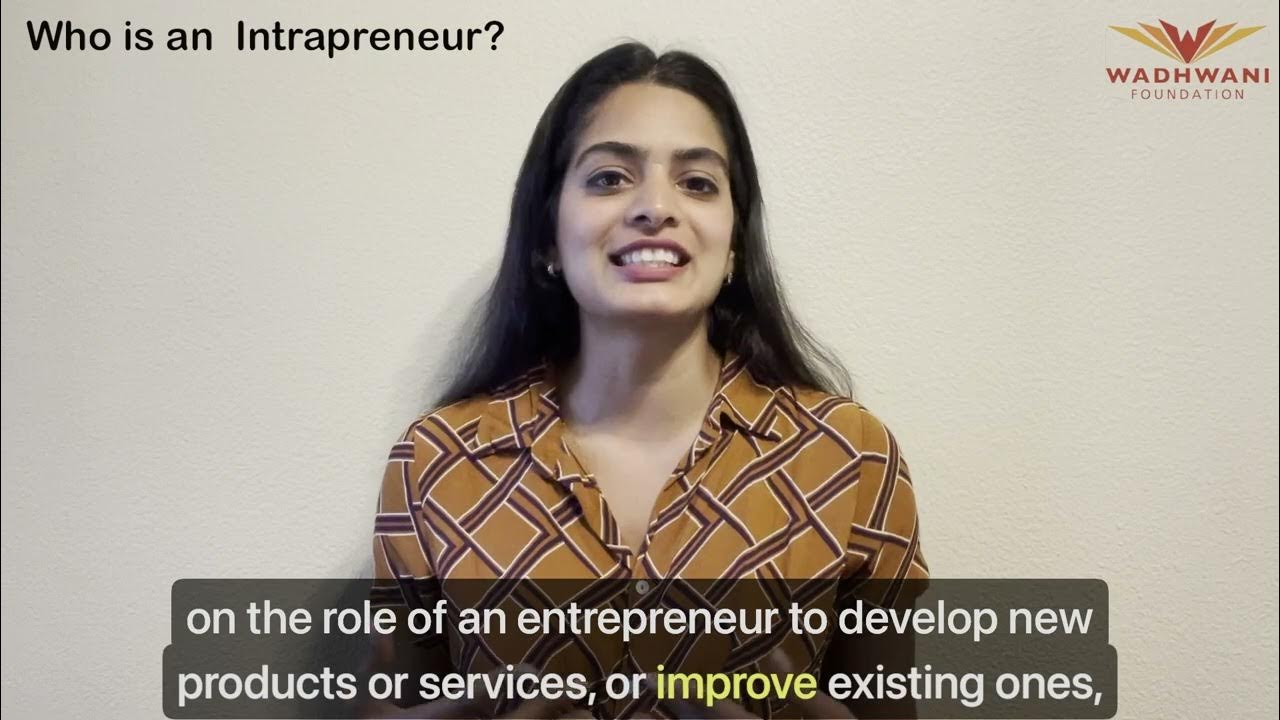The Innovation Cycle
Summary
TLDRInnovation is the process of creating new ideas or improving existing ones. It begins with identifying a problem or challenge, exploring potential solutions, and drawing inspiration from the world around you. Prototypes are created, tested, and refined, with feedback from failures driving improvements. Innovation is not limited to specific fields—everyone innovates, whether it’s through inventions, art, or problem-solving. By thinking, making, trying, and refining, anyone can engage in the innovation process to tackle challenges and come up with new solutions.
Takeaways
- 😀 Innovation is about generating new ideas or improving existing ones.
- 😀 The innovation process starts with identifying a need or a challenge.
- 😀 Thinking creatively about different ways to solve a problem is key to innovation.
- 😀 Use available resources, inspiration from the world around you, or input from others to brainstorm solutions.
- 😀 Prototypes are drafts of ideas; they don’t need to be perfect or use final materials.
- 😀 Testing prototypes helps you understand if your idea works as intended.
- 😀 Failure is a valuable part of the process and can provide feedback for improvements.
- 😀 Continuous refinement and adjustments are essential after testing and failing.
- 😀 Innovation is a universal skill, with everyone engaging in it at some point in their lives.
- 😀 Solving problems through innovation can be applied to various activities, from inventions to creative arts.
- 😀 The process of innovation involves thinking, making, trying, and refining until the best solution is found.
Q & A
What is innovation?
-Innovation is the process of coming up with new ideas or improving existing ones. It involves finding solutions to problems through creativity and experimentation.
Who can be an innovator?
-Anyone can innovate, whether they are scientists, designers, artists, engineers, or even everyday people solving personal or professional challenges.
How does the innovation process start?
-The innovation process starts with identifying a need or challenge. This could be a problem you want to solve or an opportunity to improve something.
What should you do after identifying a problem to solve?
-After identifying a problem, you should brainstorm different ways to solve it. Consider what already exists, what materials you can use, and find inspiration from the world around you.
What is a prototype?
-A prototype is an early version of your idea. It doesn't need to be perfect or fully functional, but it serves as a draft that you can test and refine.
Why is testing important in the innovation process?
-Testing is crucial because it helps you understand whether your prototype works as intended. It also provides feedback on how to improve the design.
What should you do if your prototype fails during testing?
-If your prototype fails, don't be discouraged. Use the failure as feedback to refine the design. You can make small or large changes or even start over to improve the prototype.
How many prototypes should you expect to create?
-You should expect to create multiple prototypes. Often, innovators go through many iterations before arriving at the final design.
What is the importance of refining a prototype?
-Refining a prototype is essential to ensure that it performs as intended. Based on test results, refining helps to improve functionality, appearance, and usability.
Is innovation limited to inventions and technology?
-No, innovation is not limited to inventions or technology. It can involve anything from creating a new dance routine to writing a story, as long as it involves developing a new idea or solution.
Outlines

This section is available to paid users only. Please upgrade to access this part.
Upgrade NowMindmap

This section is available to paid users only. Please upgrade to access this part.
Upgrade NowKeywords

This section is available to paid users only. Please upgrade to access this part.
Upgrade NowHighlights

This section is available to paid users only. Please upgrade to access this part.
Upgrade NowTranscripts

This section is available to paid users only. Please upgrade to access this part.
Upgrade Now5.0 / 5 (0 votes)





